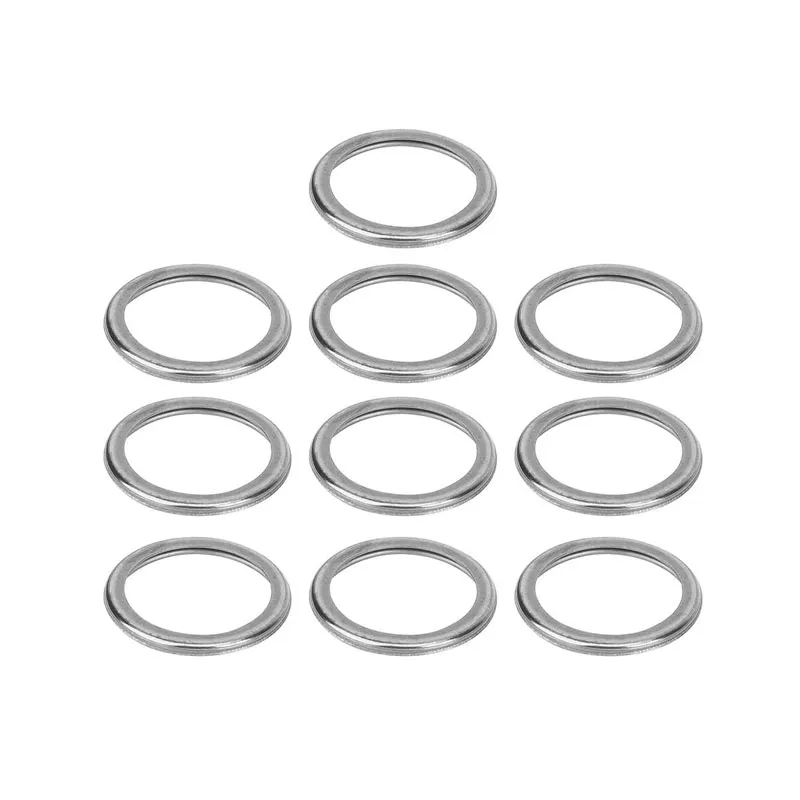Seal Kit for Power Steering Pump Replacement and Repair Solutions
Understanding Power Steering Pump Seal Kits Essential for Smooth Steering
Power steering systems play a crucial role in modern vehicles, providing effortless steering and enhancing overall driving comfort. A critical component of this system is the power steering pump, which helps to pressurize the steering fluid, making it easier to turn the steering wheel. To ensure the reliable operation of a power steering pump, proper maintenance is essential; one of the key maintenance tasks is the replacement of the power steering pump seal kit. This article explores the importance of these seal kits, their components, signs of wear, and tips for replacement.
What is a Power Steering Pump Seal Kit?
A power steering pump seal kit contains various seals, O-rings, and gaskets that are essential for the proper functioning of the power steering pump. These components are designed to prevent fluid leaks, which can compromise the performance of the power steering system. The seal kit serves as a critical barrier that contains the high-pressure fluid within the pump, ensuring that everything functions smoothly.
Components of a Seal Kit
Typically, a power steering pump seal kit includes several primary components
1. O-Rings These are circular rubber seals that fit into grooves and block leakage around pump shafts and fittings. They come in different sizes and materials depending on the specific pump design.
2. Gaskets These flat seals are used to cover the seams between the pump body and other components. They are essential for creating a tight seal to prevent fluid from escaping.
3. Dust Seals These seals are designed to keep dirt, grime, and other contaminants out of the pump, which is crucial for maintaining its longevity and efficiency.
4. Backing Rings These components support and maintain the shape of O-rings under pressure, ensuring they function effectively.
Signs of Wear and Tear
Over time, seals within the power steering pump can degrade due to factors such as heat, pressure, and exposure to various fluids. Here are some common signs that indicate the need for a seal kit replacement
- Fluid Leaks One of the most obvious indicators is the presence of power steering fluid (usually red or pink) leaking from the pump or along the steering system components
.- Steering Difficulties If you notice that the steering wheel is becoming harder to turn or feels unresponsive, this could be due to a lack of hydraulic pressure caused by a failing seal.
power steering pump seal kit

- Strange Noises Unusual whining, grinding, or squealing sounds coming from the power steering pump indicate that there may be an issue with the seals or other internal components.
- Low Fluid Levels Consistently low power steering fluid levels often imply leaks, necessitating a closer inspection of the seal kit.
Replacement Process
Replacing a power steering pump seal kit is a manageable process for those experienced with vehicle maintenance. For the best results, follow these steps
1. Gather Tools and Materials Ensure you have the correct seal kit, basic hand tools, and a suitable workspace.
2. Drain the Fluid Safely drain the power steering fluid from the reservoir and lines to prevent spills during the replacement process.
3. Remove the Pump Disconnect the power steering pump from its mounting location. Be careful with the electrical connections and any brackets.
4. Disassemble the Pump Carefully take apart the pump to access the seals. Take photos during disassembly to assist with reassembly.
5. Replace Seals Remove the old seals and install the new ones from the seal kit. Ensure a proper fit to prevent future leaks.
6. Reassemble the Pump Put everything back together, ensuring each component is securely attached.
7. Reinstall the Pump and Refill Fluid Once the pump is reassembled, reinstall it in the vehicle and refill the power steering fluid.
8. Test the System After ensuring everything is connected correctly, start the vehicle and test the steering system for proper operation.
Conclusion
A power steering pump seal kit is vital to maintaining the efficiency and reliability of any vehicle's steering system. Regular inspection and timely replacement of worn-out seals can prevent extensive damage and costly repairs. Understanding the components and signs of wear will empower vehicle owners to maintain their power steering systems effectively. Whether you are a DIY enthusiast or prefer professional assistance, taking action at the first sign of trouble will ensure a safer and more comfortable driving experience.
-
Understanding the Front Main Engine Seal: Purpose, Maintenance, and Installation
News Jul.29,2025
-
Understanding O-Rings and Seal Rings: Types, Applications, and Custom Solutions
News Jul.29,2025
-
Understanding Crankshaft Oil Seals: Rear Seals, Pulley Seals, and Their Role in Engine Integrity
News Jul.29,2025
-
The Importance of Front and Rear Crankshaft Seals in Engine Performance and Oil Management
News Jul.29,2025
-
Crank Oil Seals: Functions, Types, and Cost Considerations in Engine Maintenance
News Jul.29,2025
-
A Comprehensive Guide to O-Rings and Seals: Types, Materials, and Global Applications
News Jul.29,2025
-
Mastering Diesel and Performance Engine Maintenance: A Guide to Critical Oil Gaskets
News Jul.28,2025
Products categories















